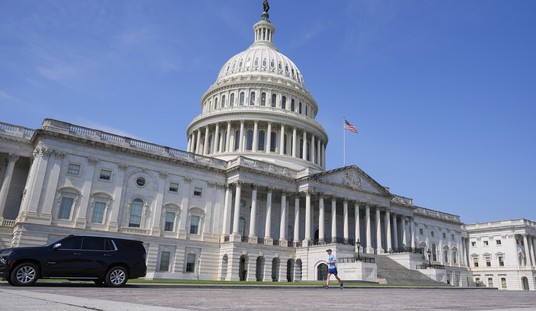I'd guess 100 percent. Not that watching porn completely accounts for the behavior. But pornography undermines sexual restraint. It offers a distorted image of what "everybody" is doing, and it grants permission for indulging every conceivable urge. Porn is mainstream now, offered in nearly every hotel room and ubiquitous on the Internet. The stigma that once attached to porn is gone. You can take college courses in it. Is it surprising that its corrupting influence is felt everywhere?
As Pamela Paul documented in Pornified, "Men look at pornography online more than they look at any other subject. And 66 percent of 18- to 34-year-old men visit a pornographic site every month."
Mary Eberstadt, who has a flair for juxtaposition, offers a brilliant comparison of American attitudes toward tobacco and pornography in her new book "Adam and Eve After the Pill: Paradoxes of the Sexual Revolution."
She asks us to imagine two women, one a 30-year-old 1958 housewife named Betty and the other her 30-year-old granddaughter Jennifer today. "Betty would never dream of putting even a few minutes of Internet pornography as we now know it before her eyes. She would feel degraded, polluted, even sick. ... She thinks that pornography is morally wrong and that the people who create it are borderline evil."
Recommended
Jennifer, by contrast, "may not greet pornography with quite the gusto that her boyfriend does. But she has no such passionate feelings about it as Betty would, let alone any . . . impulse to make a sweeping moral claim about it. On the other hand, Jennifer would never dream of putting a cigarette into her mouth. She would feel degraded, polluted, even sick. She thinks that tobacco is morally wrong and that the people who create it are borderline evil."
With hindsight, we know that smoking causes a variety of ills. But with regard to porn, Eberstadt proposes, we are in the 1950s or early 1960s moment -- the industry denies that its product causes harm or is addictive and for a variety of reasons, we accept that evasion.
One fascinating parallel in the two cases is the pursuit of women customers. Until the 1950s, cigarette consumption was much higher among men than among women. The industry attempted to lasso women by creating brands such as Virginia Slims and marketing cigarettes as emblems of "glamour, beauty, autonomy and equality." Similarly, pornographers recognize that their clientele is heavily male and are keen to draw in the other 50 percent of consumers. Playgirl magazine, when it debuted in 1973, pitched itself to "today's liberated, independent, self-aware, sensual woman." College women report that they feel pressured to watch porn to prove their "enlightenment" on sexual matters. With the exception of some feminists and some religious groups, they get very little support for resisting its march to mainstream status.
It is possible, Eberstadt argues, that pornography can reacquire the stigma it has lost. Attitudes toward smoking underwent that kind of reversal. At first, smoking was disapproved, then went mainstream and when the evidence could no longer be denied, finally slipped back into social opprobrium.
Like smoking, porn is not an innocent pleasure. At a 2003 meeting of the Academy of Matrimonial Lawyers, 62 percent of attendees said that Internet porn had contributed to divorces in the previous year. Mary Anne Layden, of the Sexual Trauma and Psychopathology program at the University of Pennsylvania, reports that young people who view porn are more likely to have multiple sexual partners, more likely to engage in risky forms of sex, and more likely to be sexual offenders. Other studies have shown that teenagers who view pornography are more likely to engage in early and more frequent sexual activity. Pamela Paul wrote of "countless men" who described "how while using pornography, they lost the ability to relate to or be close to women."
That last insight, hard to prove with statistics, is the heart of the matter. Porn degrades relations between the sexes by encouraging a gross and impersonal approach to a subject that should be most elevated by tenderness, fidelity and respect. Eberstadt quotes philosopher Roger Scruton, who said it very well: "Those who become addicted to this 'risk-free' form of sex run a risk of another and greater kind. They risk the loss of love, in a world where only love brings happiness."
























Join the conversation as a VIP Member